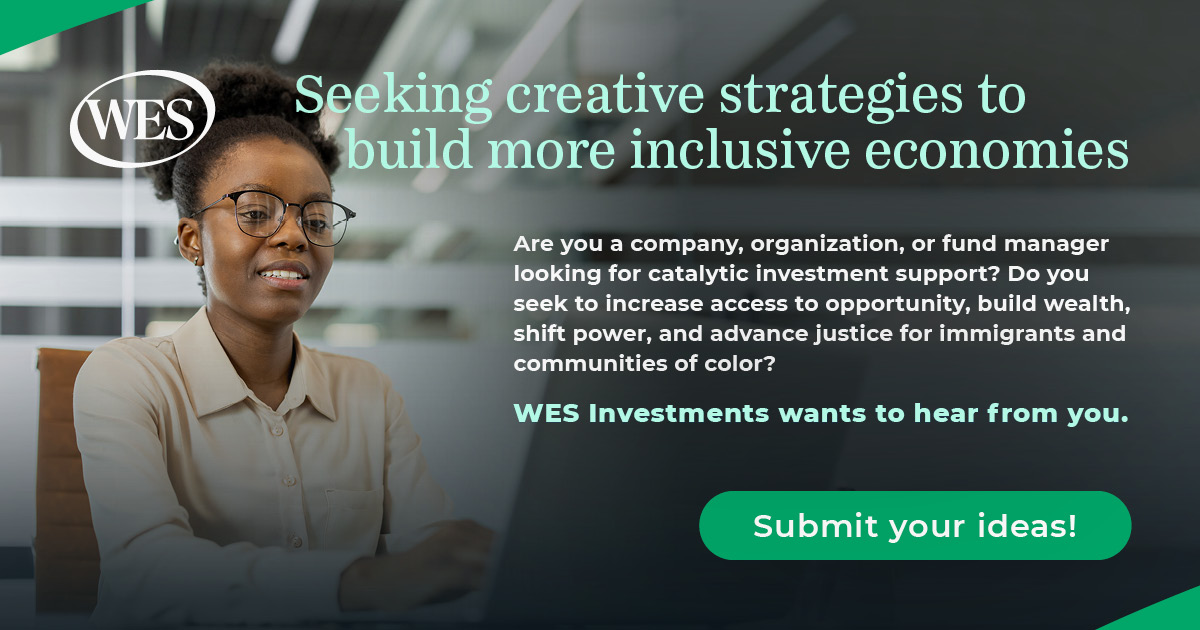Early this year, BlackRock CEO Laurence D. Fink sent a letter to the world’s largest public companies and their executives. In the letter, he told CEOs they have to do more than make profits: If they want to receive support from the world’s largest asset manager, they need to contribute to society as well. “Society is demanding that companies, both public and private, serve a social purpose,” Fink wrote, as quoted by The New York Times. “To prosper over time, every company must not only deliver financial performance, but also show how it makes a positive contribution to society.”
In a world where most sustainability reports are mere PR activities, with very little connection to the core business of the respective company, that is a remarkable stance. It points to a problem that will not go away any time soon. Why? We run a global economy that uses resources at 1.5 times the regeneration capacity of our planet.
One of the biggest challenges in business today is to shift the dominant mindset — from seeing sustainability as source of problems to seeing it as source of opportunity. That new mindset won’t happen overnight. It takes a journey. Some companies are further on that journey and others are in the early stages, but there are lessons to be learned every step of the way — if companies and their leaders are willing to learn.
Stage 1: One-off projects
This first stage is about old-style corporate responsibility: Sponsor an organization here and a good cause there. All of it is laudable, but actions like these are not connected to the core business of the organization. Leaders cannot stop here.
Stage 2: Sustainability becomes part of organizational practices
At this stage, companies begin to make sustainability a real thing. They put people (sustainable development leaders) and practices (such as recycling and supply chain management) behind their efforts. They begin regular reporting to increase accountability around their pursuit of the double or triple bottom line. This is a lot of progress, but it still lacks a fundamental element that could multiply positive impact: a connection to the core business.
Stage 3: Sustainability drives business innovation
The moment business leaders begin to reframe sustainability, from a problem to an opportunity, they unlock a new flow of ideas. Still, at this stage, companies often engage in sustainability-driven innovation in one corner of the business, while the majority of their operations are stuck in business-as-usual.
Take, for example, the growth of hybrid and electric vehicles. Of course it’s a good thing that every major automaker now sells at least one electrified car. But the majority of their operations are still moving in the wrong direction, with more combustion-engine cars sold every year. More potential lies ahead.
Stage 4: An organizational culture of sustainability emerges
At this stage, a company begins to link sustainability to more than just one element of its core business. Unilever and Nike are prime examples of organizations that have made good progress on building a culture around sustainable innovation. A few years ago, I asked a few of the CEOs from Unilever’s Asian branches what surprised them most about their sustainability journey. Many agreed it was how much the commitment to sustainability served to uplift employee morale. By becoming more sustainable, Unilever made employees feel part of a larger story and increased their engagement with the company overall.
The limitation at this level is its purpose: The purpose of the business is still traditional — making a profit — though it now has added elements in terms of the triple bottom line.
Stage 5: The organization becomes a purpose-driven ecosystem
Stage five is the purpose-led organization. For these companies, positive social change and environmental impact are the primary focus. Though these companies remain profitable, they transform the core business in ways that magnify positive impact.
Consider Fink’s letter to CEOs again: Essentially, it’s about increasing positive and decreasing negative externalities. A purpose-driven car company, for example, would go beyond building electric vehicles and look to transform the entire mobility space in favor of sustainability. A purpose-driven healthcare organization might shift from curative to preventative interventions. In short, you want to refocus your core business in ways that make it a force for good, not destruction.
Stage five is about realigning the purpose of your business with the well being of society. A good example is Cipla, the Indian pharmaceutical company. Founded in 1935, it was inspired by Mahatma Gandhi’s demand that India have a pharmaceutical company that puts the health of the Indian people over its own profits. In the early 2000s, when Cipla was instrumental in keeping medicines for HIV treatment available for less than $1 a day, that founding spirit was still very much alive. Another example of stage-five engagement is the Sustainable Food Lab, which links over 50 organizations in a collaboration to bring sustainable food to the mainstream.
Where to begin
As capitalism transitions from externality-blind to externality-aware, and as the largest asset managers of the world increasingly pay attention to these signals, it will be more and more critical for CEOs and executive leaders to make sure their companies move forward on this journey. Companies like Cipla used to be a remarkable exception to the rule, but in the future, they may well serve as role models for other purpose-driven companies.
I teach a class at MIT called u.lab: Transforming Business, Society, and Self, which attracts a range of students and a fair amount of mid-career executives. I’ve asked many executives why they come to the class and, most often, they tell me, “The higher I climb in my organization, the less I’m inspired by the work my company asks me to do.” They want to be part of an organization that strives toward stage five. Each year, I hear a larger percentage of students and mid-career executives say they don’t want to be in an organization stuck at stages one through three.
The place to begin is obvious — the leader’s own self. Cultivating the self with mindfulness practices and intentional stillness should be an obvious starting point. Then, convene a team of colleagues who might share a similar aspiration to move forward. When you’ve established that circle of colleagues, take a few learning journeys. Go to places of the most potential — places that can teach you most in regards to what you intend to do — and then return with two or three ideas that you can explore by doing.





